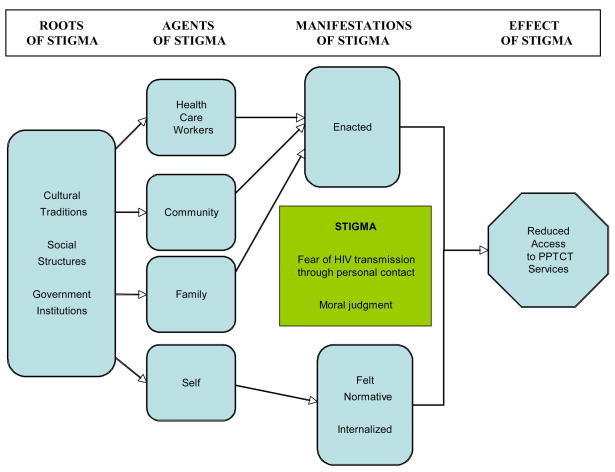Figure 1. Roots, agents and manifestations of HIV-related stigma and their subsequent effect on access to PPTCT services.
HIV-related stigma (fear of HIV transmission through personal contact and moral judgment) is rooted in cultural traditions, social structures and government institutions in India which influence the chief agents of stigma (health care workers, community members, family and self) described in this study. Ultimately, this stigma (enacted, felt normative, and internalized) serves as a barrier to PPTCT services in this study. Types of stigma are defined as enacted (interpersonal experience of stigma), felt normative (an individual’s awareness of /anticipation of stigma) and internalized (an individual’s acceptance of stigma as valid) based on the theoretical framework by Steward, et al. (2008).

